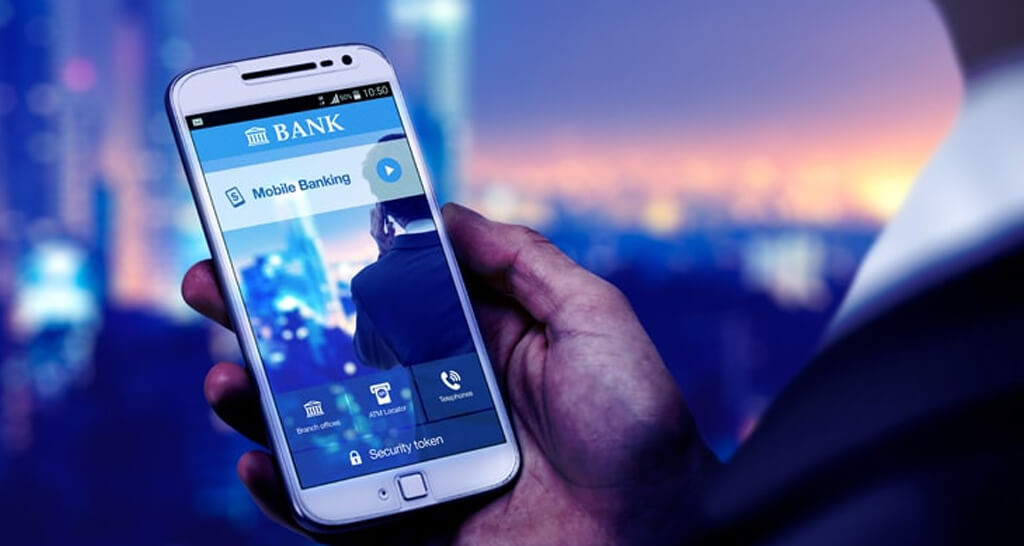Mobile banking apps are a popular and necessary requirement for the new generation of tech-savvy individuals. Who rely on digital banking for their financial demands. Mobile banking has become a standard in the industry, and as technology progresses. It must add new features to encourage consumers to make smarter financial decisions. Banking consumers are becoming more tech-savvy, and their needs are changing rapidly. Due to the rapid advancement of technology, banking apps need to keep up by adding new features to create a successful banking solution.
With millennials relying primarily on mobile banking apps and continually looking for new methods. To care for their banking needs, finding new ways to communicate with these tech-savvy individuals has become critical. Customers like to do transactions through intelligent devices and from any location. Thus, the race goes from analog to digital. The banking business has realized that new tools and most convenient features lead to new opportunities. And as a result, super apps are being developed to give seamless service.
Cardless ATM withdrawal
Cardless ATMs are quickly gaining popularity. Since they allow users to conduct transactions without having to insert their cards into the machine. The device can be linked to a mobile phone, allowing the user to converse with it and conduct basic transactions and reduce contact points. Many banks, including State Bank of India (SBI), ICICI Bank, Kotak Mahindra Bank, Bank of Baroda (BoB), and RBL Bank. Integrated cardless ATMs into their apps during the Covid-19 epidemic to keep their customers safe and allow them to conduct contactless ATM transactions.
Advanced P2P Payment Systems
Peer-to-peer (P2P) payments are an online payment system that allows users to transmit money straight from their bank account or credit card to another individual. P2P solutions are pretty popular and are a considerable aspect of ongoing user involvement now that there is less cash in business transactions. Customers can safely transfer money straight to one another utilizing mobile apps connected with P2P. It’s a rapid method that allows the consumer to share money without relying on a larger entity. Unless it’s a third-party provider, there may be a fee levied for each transaction. The bank controls the transfer without charging a fee. Paypal is one example of this technology, which has dominated the industry for over a decade and is now used by more banks and credit card businesses.
Voice-Activated Virtual Assistants
Voice payments are growing more familiar with the new generation used to virtual assistants. As a result, voice Assistants are expected to be the next big thing in banking. According to Statistics, voice payments are expected to be used at over 31%. In the United States by the end of 2022, resulting in 81 million users. However, 8% of US respondents indicated they used voice commands. To buy things, pay bills, or send money, suggesting that introducing voice payments into banking apps can considerably improve business, with customers using Siri, Alexa, or Google Assistant. To pay bills or conduct transactions. In addition, this feature will aid banks in presenting themselves as forward-thinking service providers. With a personal touch and effective communication.
QR Code and Invisible Banking
QR codes can be used to make contactless payments fast and easily. It improves a user’s mobile payment security and is increasingly becoming a must-have feature for any banking app. QR codes are used to complete payment, e-invoicing, and invoice transfers. It saves a lot of time that would otherwise spend inputting the information into the accounting or banking system because it allows transactions to be completed practically immediately. Radius Bank was one of the first mobile banking apps with facial recognition capability. The bank invested heavily in the mobile channel, and as a result, the number of physical branches shrank. Thanks to a mix of cutting-edge technology and user-friendly goods, the bank ultimately transitioned to digital. Customers can now open an account without going to an actual location by submitting a photo of their driver’s license to the banking app.
Advanced Protection
With data security incidents a significant worry among millennials, banks are incorporating additional security safeguards into their mobile banking apps beyond the login and password. According to surveys, users believe face recognition capabilities are safer, and many banks are implementing it into their apps. A fingerprint scanner is another new feature in the mobile banking app. Biometrics allows new clients to use their smartphones to access banking services without visiting a branch. These mobile banking features are precious in rural regions, and several larger banks have already integrated them into their mobile banking apps. In addition, as each human voice is as unique as a fingerprint. With over a hundred unique physical characteristics, Barclays has introduced a vocal security system.
Conclusion
With their mobile banking services, banks are becoming more innovative and creative. If you haven’t checked out the latest upgrades to your bank’s mobile app in a few years. Now is the time to do so. Mobile check deposit, for example, was formerly considered cutting-edge but is now regarded as standard. Mobile banking features are likely to continue to be expanded by banks, including large national banks, smaller regional banks, and internet banks. As users want more from their mobile banking experience, mobile banking apps evolve beyond standard account balance updates and push notifications. Look for the most convenient mobile banking apps. That can help you be more proactive with your money management and financial decisions, no matter where you are.
